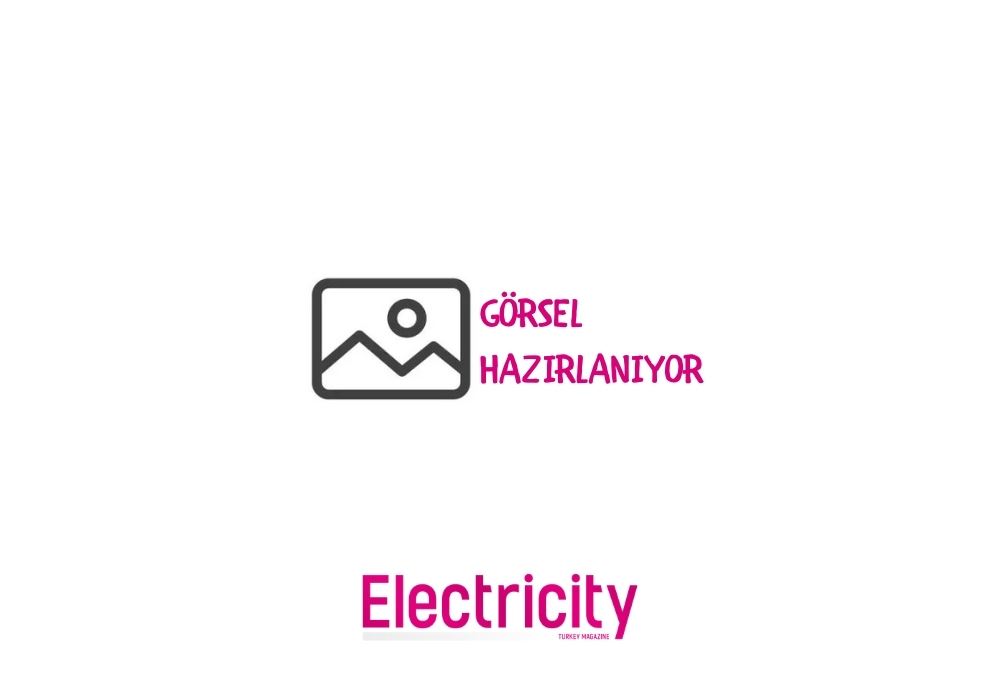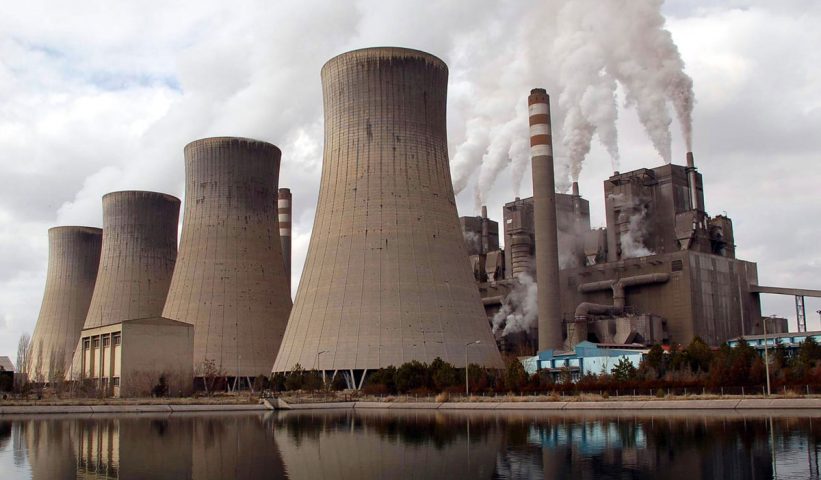

Thermal power plant is the name given to the facilities where electrical energy is produced. These power plants, which produce electrical energy through the processing of fossil fuels, have varieties. Thermal power plants with steam turbine, gas turbine, diesel and nuclear varieties also differ in terms of working principles. So, what is a thermal power plant and how does it work? Here is some information about thermal power plants.
Thermal power plants are power plants in which the chemical energy of solid, liquid or gaseous fossil fuels is converted into electrical energy. Mechanical energy is obtained by taking advantage of the heat energy and expansion given by the fuel by burning the solid, liquid, gaseous thermal source under appropriate conditions and in the appropriate environment. The power plants that produce electrical energy with the help of alternators from this mechanical energy obtained are called thermal power plants.
The unit cost of electricity produced in thermal power plants is much more expensive than the electricity produced in hydroelectric power plants. Today, there are many thermal power plants that use thermal resources such as coal, natural gas, geothermal energy, solar energy, petroleum products, biogas, nuclear fuel.
Types of thermal power plants according to the type of fuel and mechanical energy generating machine are as follows:
Steam turbine power plants
Gas turbine power plants
Diesel Power Plants
Nuclear Power Plants
STEAM TURBINE THERMAL POWER PLANTS

In thermal power plants, the mixture of fuel and air is burned under appropriate conditions in steam boilers. In the meantime, high-pressure steam is obtained from the water in the boiler at high temperature. The resulting high-pressure steam is sent to the steam turbine to obtain mechanical energy. The alternator coupled to the steam turbine converts this energy into electrical energy. Thermal power plants operating on this principle are called steam turbine power plants.
In steam turbine power plants, lignite coal, fuel-oil, natural gas and garbage wastes of big cities are used as fuel. Thermal power plants are installed near the location of the fuel used in order not to further increase the cost of the electrical energy produced. In principle, the operation of a steam turbine thermal power plant according to the above figure is as follows: The water pressed from the feed water pump is sent to the boiler.
The water heated in the boiler first evaporates, then heats (dehumidified) through the superheaters. The resulting superheated steam is sent to the steam turbine. The steam hitting the blades of the steam turbine turns the turbine. The alternator connected to the steam turbine converts this rotational mechanical energy into electrical energy. The generator output is supplied to the power transmission lines by an amplifier transformer.
The rotten steam that is finished in the steam turbine comes to the condensers called condensers and is converted back into water and enters the boiler again with the feed water pump. This process continues in a cycle and electrical energy production is realized by thermal way.
GAS TURBINE THERMAL POWER PLANTS
Load changes vary at every hour of the day in electricity networks. To the value where the load is highest in 24-hour load changes; It is called the puant load. This value is expressed as Pmax. After it starts to get dark in the evening, the number of lamps burning in the houses between 18.00-21.00, the number of lamps burning in places such as stair automatics, kitchens, vestibules and halls increases. At the same time, street lamps are also activated. In order to meet the increasing energy need at this time of high load, there is a need for plants that can enter and exit quickly. This was covered by gas turbine power plants when there were not many hydraulic power plants. However, nowadays, it is more economical to meet the point loads with hydraulic power plants.
Gas turbine technology, which started to develop since the 1940s, was used to meet the puant power needs in the 1970s, but towards the end of the 1970s, it found the opportunity to be applied with combined cycle power plants. Diesel and natural gas are mostly used in gas turbine power plants.
DIESEL THERMAL POWER PLANTS
Today, diesel power plants are used when the energy is cut off in important places such as factories, enterprises, Türk Telekom, TV stations, hospitals. It is also used in rolling mills, foundries, enterprises where electrically operated crucibles and induction coils are operated, to prevent damage to the plant.
Diesel power plants take up little space because they are small in structure. It can be moved at any time. It is used a lot because of these properties. However, since the unit cost in electric power generation is very expensive, it is not appropriate to use it at the large power plant level.
For this reason, it is used to ensure the continuity of services when the electrical energy is cut off. The devices we know as generators in applications are small-scale diesel power plant applications. Diesel power plants are also used in deserts and ships where electrical energy cannot be delivered.
NUCLEAR POWER PLANTS
Nuclear power plant; As a result of the controlled breakdown of atoms of substances such as uranium 233, uranium 235, plutonium 239 and thorium in reactors, a very high degree of heat energy is released. From this heat energy, the water in the steam boiler is heated and steam is obtained at high temperature and pressure. The resulting steam is given to the turbine and converted into mechanical energy. By rotating the alternator connected to the coupling to the shaft of the steam turbine, electrical energy is obtained. The first scientific studies on the production of energy from nuclear material were initiated by scientists such as Rutherford, Hans, Strasman, Oppnheimer, Einstein under the leadership of the USA in the early 1900s. The first experimental nuclear reactor, or controlled chain reaction to energy production, was carried out by Enrico Fermi in 1942 at the facility in the garden of the University of Chicago.
Made in 1955, the 1. After the Environment Conference, Turkey is one of the countries that immediately started the work in the nuclear field. In 1956, with the Law No. 6821, the Atomic Energy Commission affiliated to the Prime Ministry was established, and in 1961, a research reactor with a power of 1 MW was put into operation in Küçük Çekmece Nuclear Research and Training Center.
After the establishment of the Nuclear Power Plant Department within TEK in 1971, the work on the establishment of a nuclear power plant continued intensively. In 1976, the plant site selection researches were completed and a site license was obtained for Akkuyu.
The tender for the nuclear power plant was awarded to a Spanish company and the agreement was made in 1998. Although the nuclear power plant works started in 1956, it is planned that our first nuclear power plant will be put into service in 2006. Unlike hydroelectric and coal-fired power plants, nuclear power plants can technically be installed anywhere. However, in order for the electricity produced to be economical, the place where the power plant is installed must have some features.